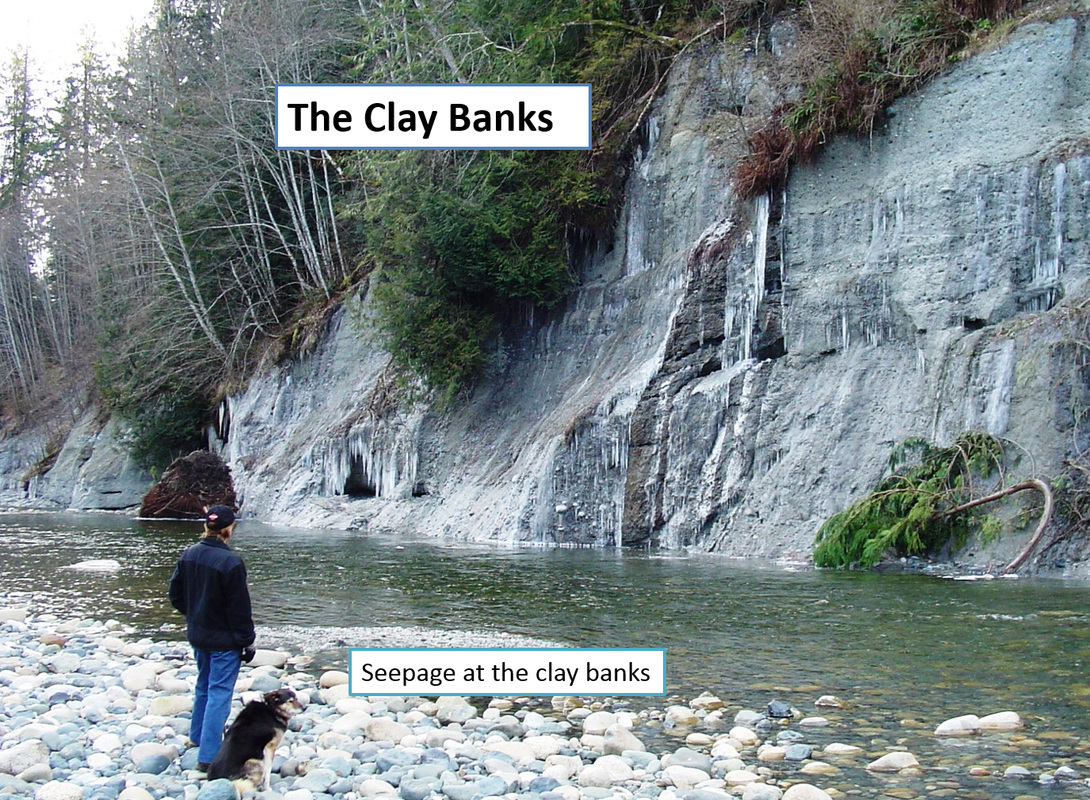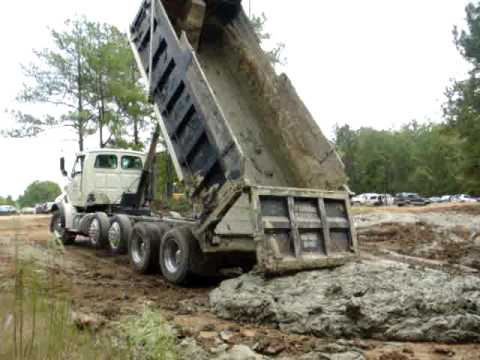Water Treatment Questions
Tracking and Trucking the Mud
|
Sludge TruckinThe interesting questions are:
Aquifer storage questions
The proposed new system with the ASR storage will require water to be pumped several times before distribution. How many times the water will be pumped and will the water require a secondary treatment after pumping from the ASR wells? |


